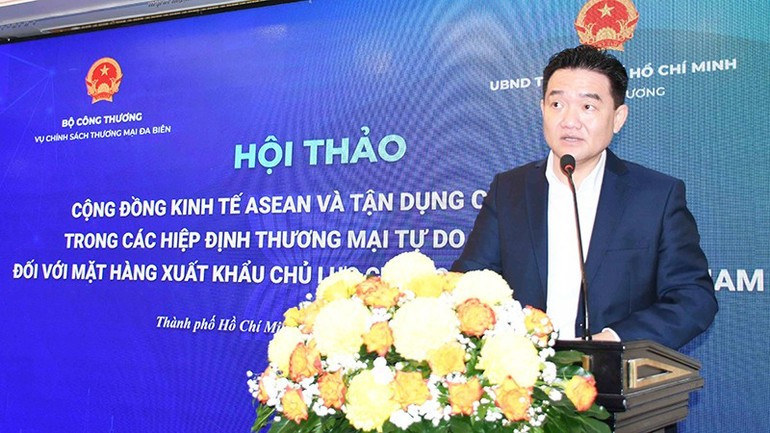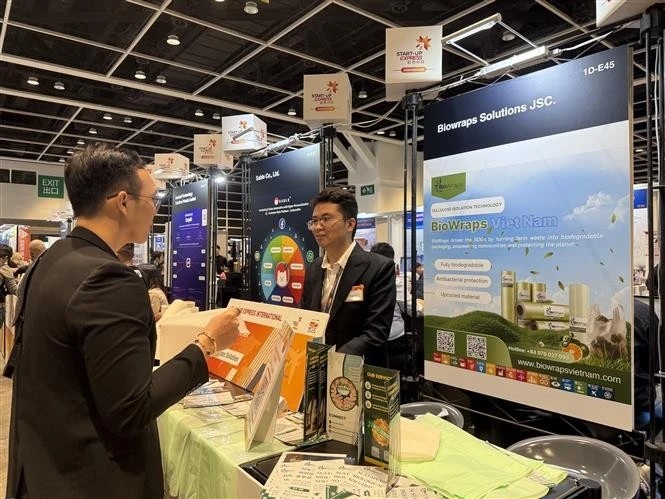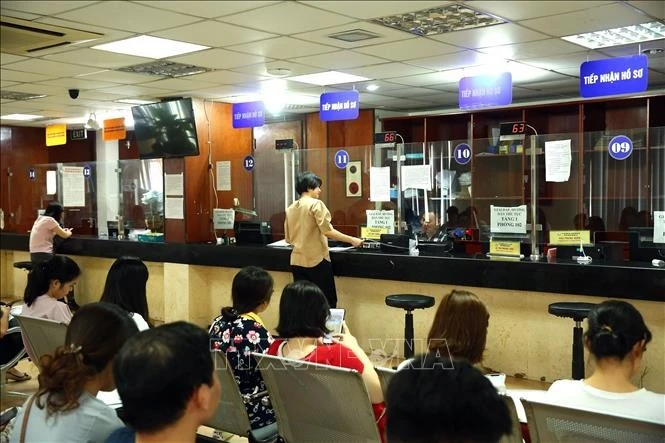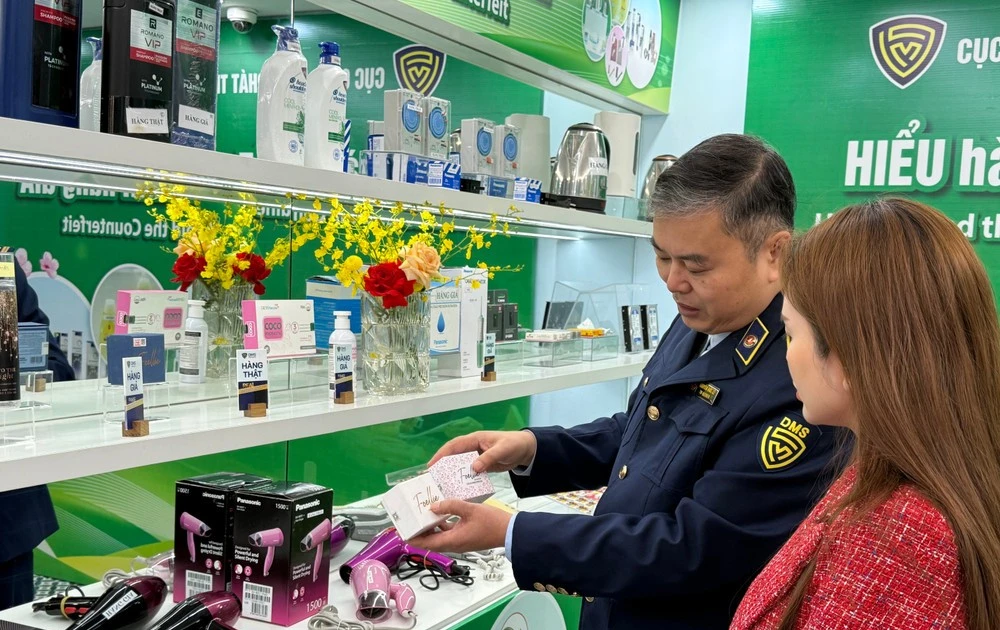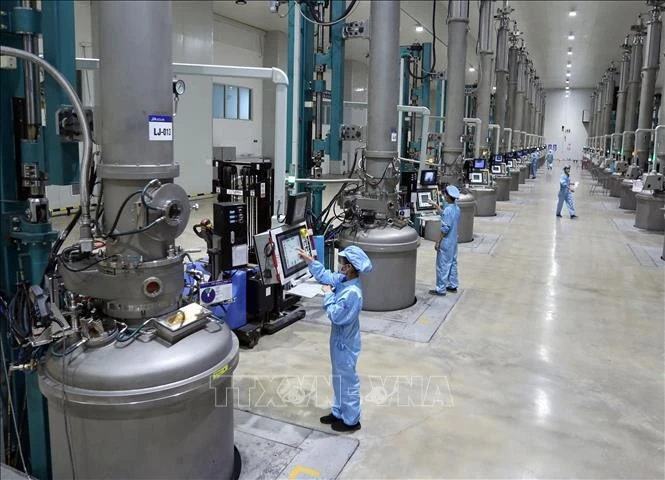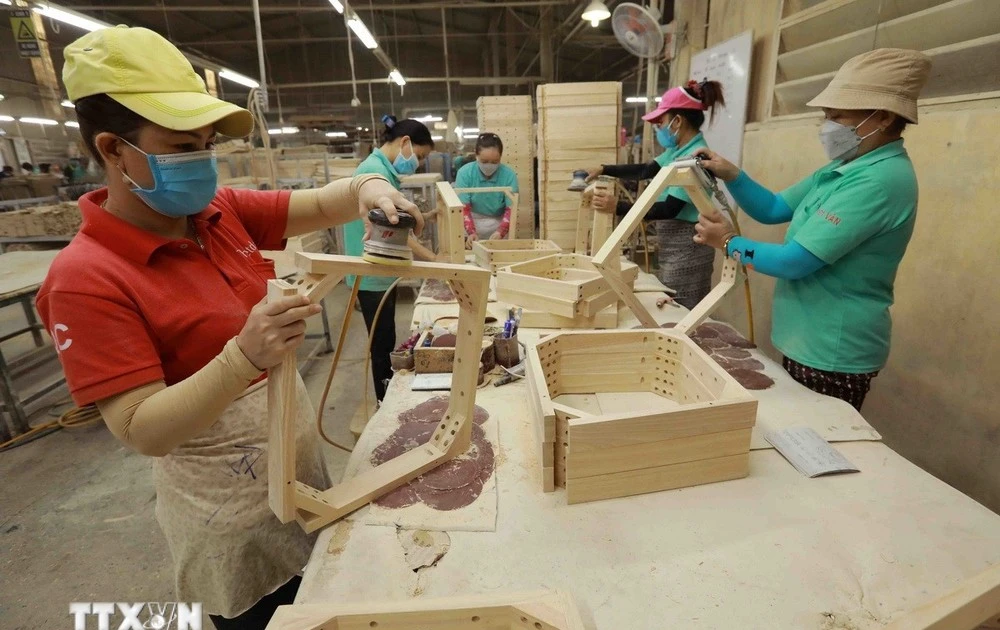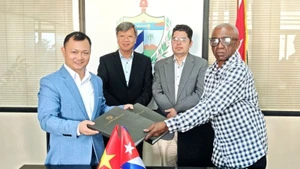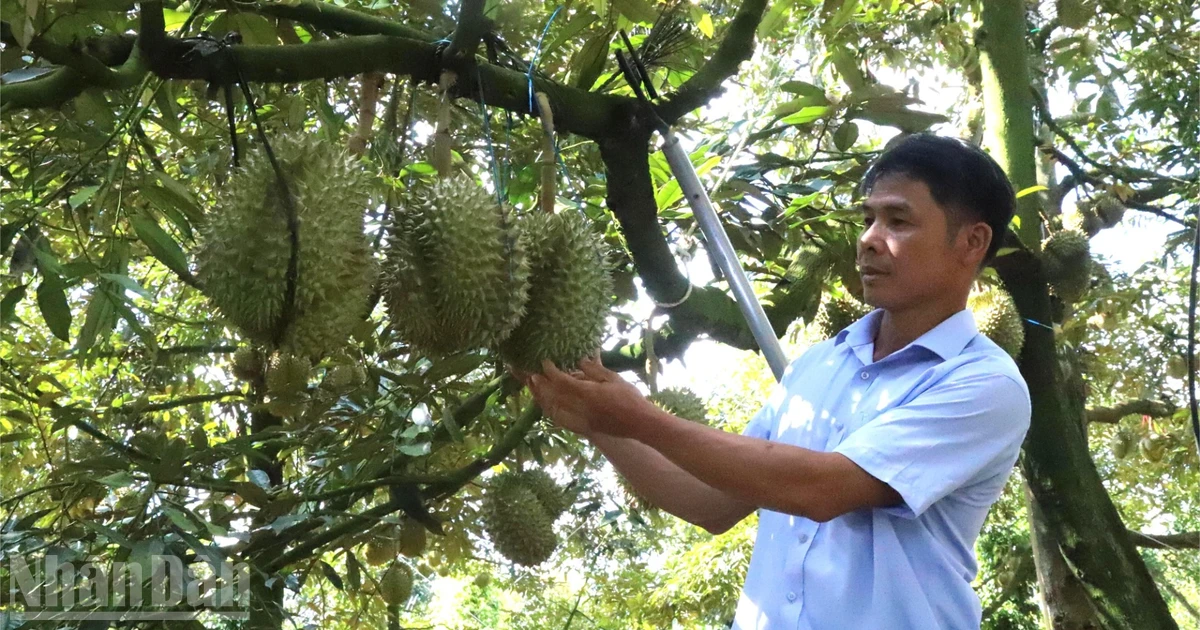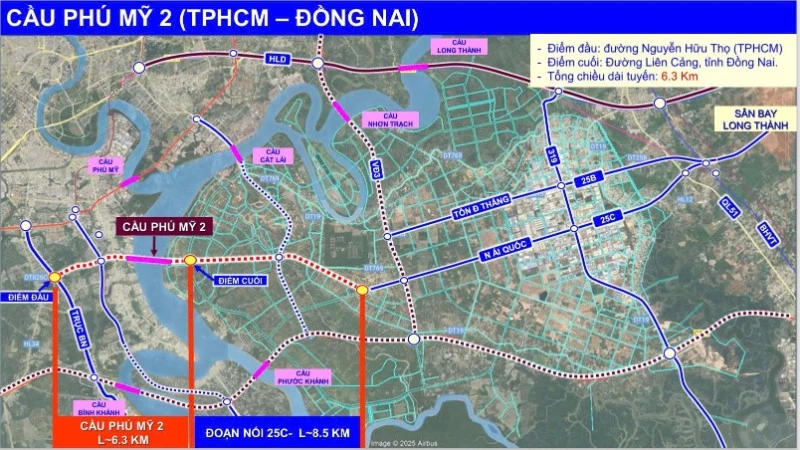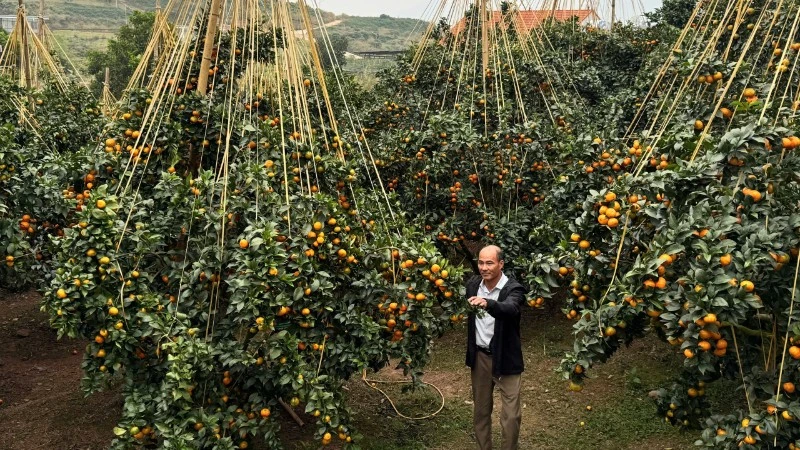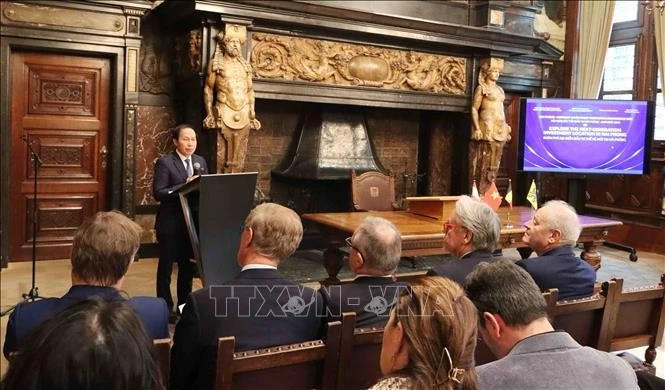The statement was made by Nguyen Truong Thi, Deputy Director of Ho Chi Minh City Department of Industry and Trade at a workshop on November 14.
The event themed “ASEAN Economic Community and taking advantage of commitments in ASEAN free trade agreements for key export products of Vietnamese enterprises” was organised by the Ministry of Industry and Trade’s Multilateral Trade Policy Department and the Ho Chi Minh City Department of Industry and Trade.
According to the General Statistics Office, Viet Nam’s total trade turnover reached 762.44 billion USD in the first ten months of 2025, up 17.4% year-on-year, with exports growing 16.2%. Ho Chi Minh City-based companies accounted for 76.23 billion USD, an increase of nearly 4.9% over the same period in 2024.
Despite these gains, challenges remain. Many small and medium-sized enterprises (SMEs) lack access to information about FTAs. Technical barriers, particularly trade defence measures, have resulted in hundreds of cases affecting Vietnamese steel, wood, and plastic exports. Complex rules of origin (C/O) also prevent companies from benefiting from preferential tariffs, with the AEC’s ATIGA agreement currently under revision to address these obstacles.
To tackle these issues, the Ministry has developed a “Business support ecosystem for FTA utilisation,” connecting government agencies, associations, and service providers in logistics, finance, and legal services. This initiative aims to enhance competitiveness and promote sustainable development.
Nguyen Truong Thi confirmed that the city’s Department of Industry and Trade will work closely with the Ministry to publicise new-generation FTAs and compile feedback from businesses for policy improvements.
The workshop also provided updates on ASEAN’s economic integration, ongoing FTA negotiations, trade defence commitments, and new rules of origin. Experts highlighted potential sectors for local businesses and emphasised ASEAN’s appeal as a market: the region has the world’s third-largest population, a favourable geographic location that reduces transport costs, and consumer habits similar to Viet Nam’s.
By effectively exploiting FTAs and overcoming technical barriers, Ho Chi Minh City aims to maximise the export potential of its key industries and solidify its role in regional trade.
